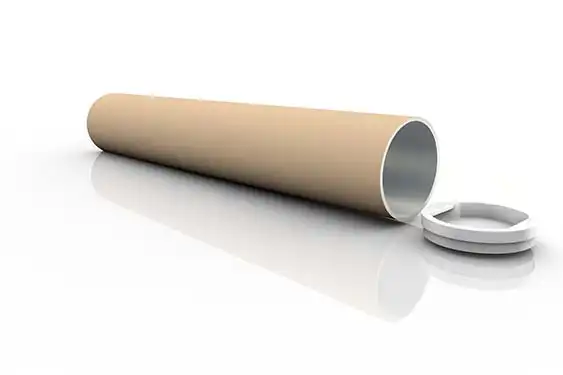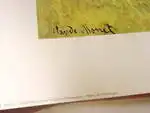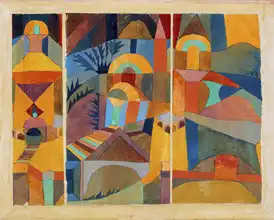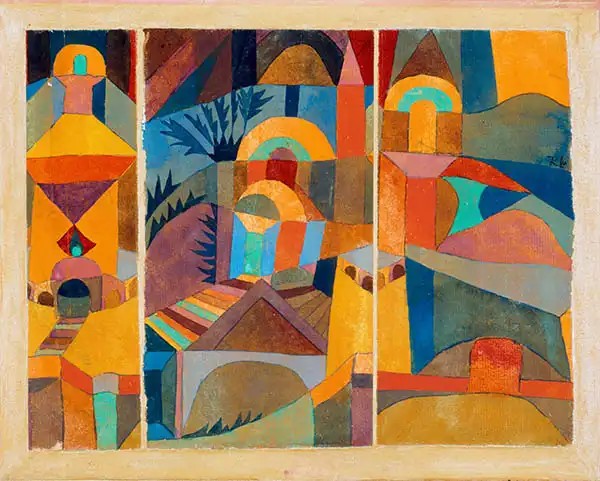About this finishing
Print. The image is printed on the top quality 10-ink HP Z9PS printer on HP matte 270 g / m2 paper. You can choose any size to an accuracy of 1 cm. A margin of 5 cm around the image is added to the size of the motif.


You can find a detailed description about our finishings
here.
Gardens
"The Garden" (German "Garten") by
Paul Klee is an oil painting on canvas, created in 1926. This work belongs to the period when Klee was interested in
abstract art and geometric shapes. "Garden" is a typical example of abstract art. Klee often worked with geometric shapes and abstract patterns during this period. The image is full of geometric shapes such as circles, squares, triangles and arcs. These shapes are carefully arranged and become the basis of the composition. The connection between organic and technical elements can be recognized in the image. Geometric shapes can evoke flowers, plants or garden structures, while colors recall technical aspects.
Klee works with structure and balance to create a harmonious visual impression. Shape elements are carefully arranged and interconnected. The interpretation of this image can be diverse. Abstract elements can represent thoughts and feelings, and the viewer can create their own meaning from this abstract work. Paul Klee was an active artist during the modernist era and "Garden" reflects his interest in new artistic trends and experimentation with abstract art.
Prevailing color of this fine art print is vivid and its shape is landscape. This image is printed on demand - you can choose material, size and finishing.
Paul Klee (1879-1940). From childhood, he was interested in both music and painting, but as is evident, finally decided on painting - his paintings are among prized artworks. In Munich, he met
Kandinsky, Franz Marc, and other artists of the then avant-garde. He met also his future wife, pianist Lily Stumpf. His work is associated with a
expressionism, cubism, and
surrealism. He was one of the four Die Blaue Vier (with Kandinsky, Feininger and Jawlensky). He taught at Bauhaus and the Düsseldorf Academy until 1933, when the Nazis declared his paintings a figment of a sick soul and with labelled his whole creation as degenerate art. Klee was extremely hardworking and after his death, he left behind 8926 works in Switzerland. Klee’s paintings are fragile, with a sensitive use of color (his colour mixing ranks among the world’s best) and frequent references to poetry, music and dreams.


